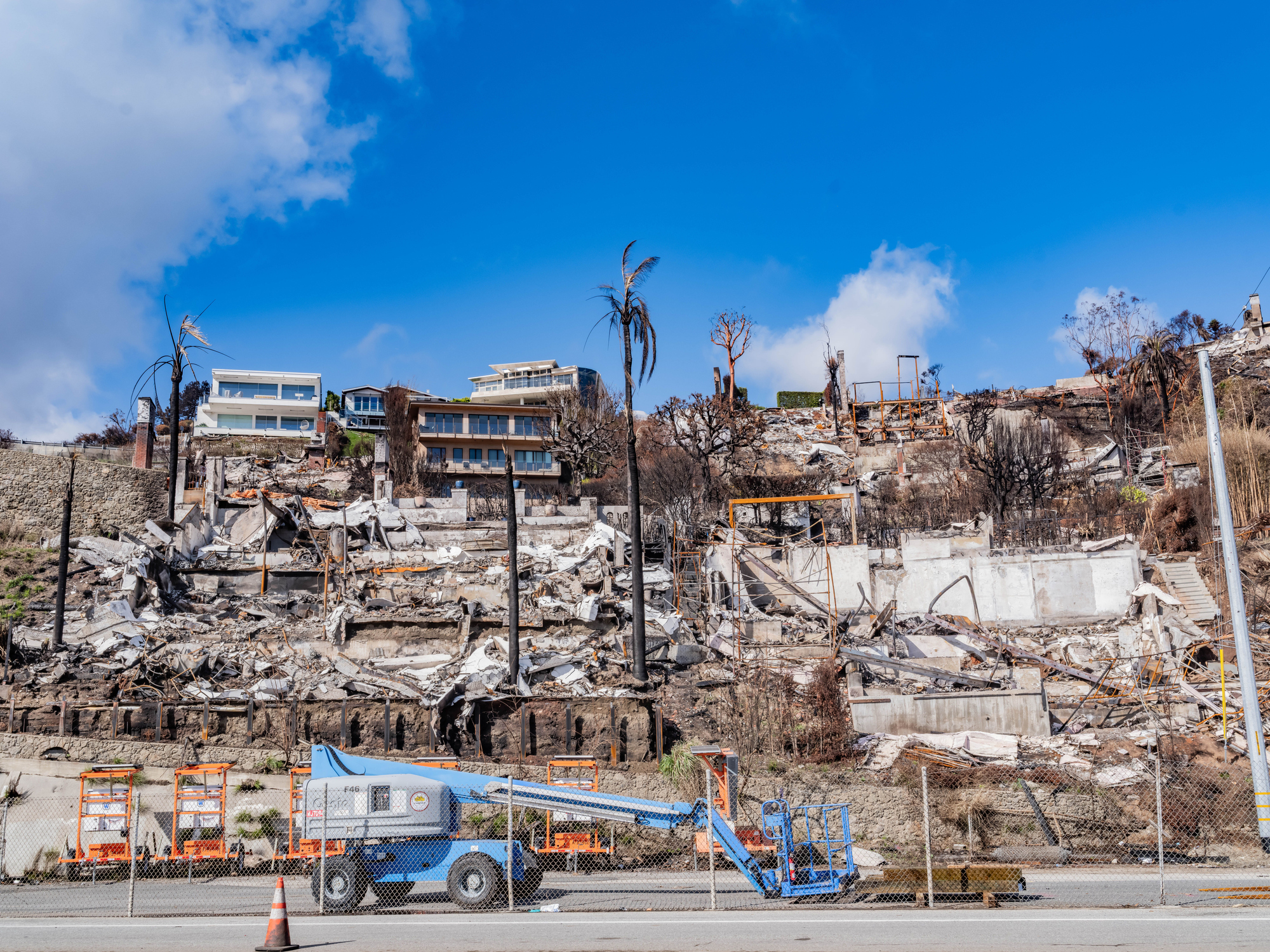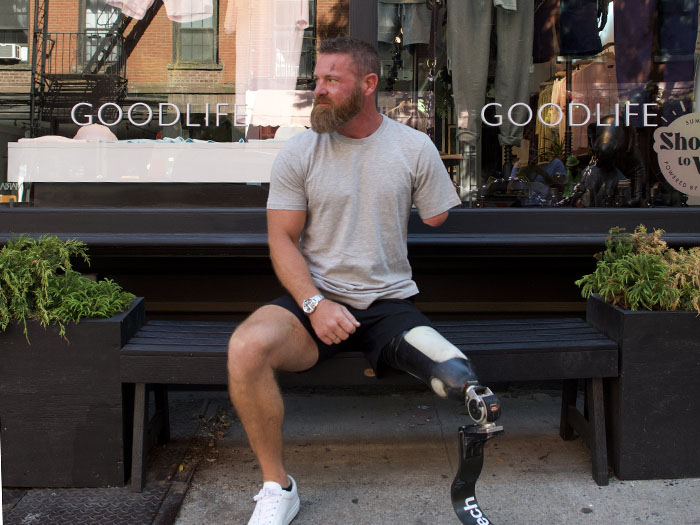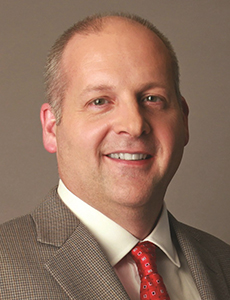Meet 2025 Risk All Star Melissa Hollingsworth of Los Angeles Unified School District
The Los Angeles Unified School District (LAUSD) is the largest school district in the state of California and the second largest school district in the country.
Servicing grades K-12, the LAUSD stretches across 710 square miles and educates more than 500,000 students each year. As if they don’t have enough to worry about, risk managers with the LAUSD, like many of us, battle the effect of outsized jury verdicts. Things got so bad that the coverage being obtained in the commercial market by the district was essentially the same as the premium being paid.
Paying out the settlements in addition to the premium was causing an undue financial burden to the district. The district’s administrators finally had enough. In 2016 they drafted a feasibility study that convinced them that housing at least some of the district’s risk was the way to go.
Using Vermont as a domicile, the district infused $1 billion in start-up capital into the captive, and placed its general liability, workers’ compensation and commercial auto risks in the insurance company.
Success followed, but of course, nothing comes easy.
“The biggest challenge was working through the analysis paralysis to get the approval of the captive over the finish line. In addition to that, the funding needed for reserves and to pay claims was a significant hurdle to overcome,” said Melissa Hollingsworth, the LAUSD’s deputy chief risk officer.
There was another hurdle, or twist of fate, and it was not one might consider small. Property risk was placed in the captive in January 2025. Then, the wildfires started to erupt. That peril was then excluded, at least for the time being.
To further utilize the captive to its full extent, additional lines are being placed including cyber, an owner-controlled insurance program, crime, boiler and machinery, and employee benefits, Hollingsworth said.
“The captive has allowed the district to formalize its risk while greater flexibility and control than ever before.
“The premium savings, underwriting surplus, and investment income has exceeded $100 million in the first six months of 2025. As such, the goal of building a premier public entity captive is well underway with signs of slowing down,” she added.
Even more importantly, funds that were being spent in commercial insurance premiums can now be redirected, back to the education of young people, the most worthy goal of all.
“At the end of the day, it’s about the kids. Being able to strategically be stewards of those taxpayer dollars allows us to reinvest back into the kids,” Hollingsworth told Risk & Insurance®.
Taking on certain risks through a captive is becoming an increasingly appealing option in both the private and public sectors.
According to Jim DeVoe-Talluto, assistant director of captive insurance, Department of Financial Regulation – Captive Division, State of Vermont, more public entities, like LAUSD, are looking at captives as a risk management alternative.
“We are seeing, increasingly, jurisdictions such as school districts, municipalities and counties saying that they are large enough and have enough risk and commercial exposure — and their deductibles are high enough — that developing a captive program is not only feasible but also within scope,” he said. &
View All of the 2025 Risk All Stars











